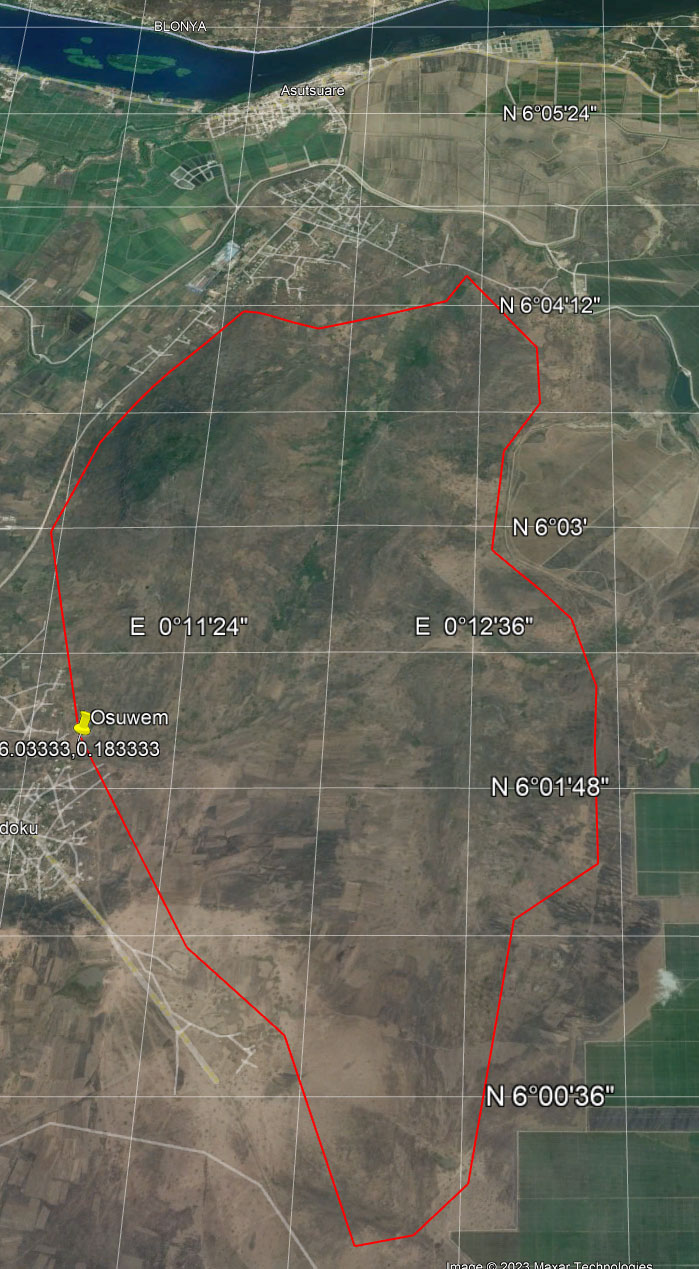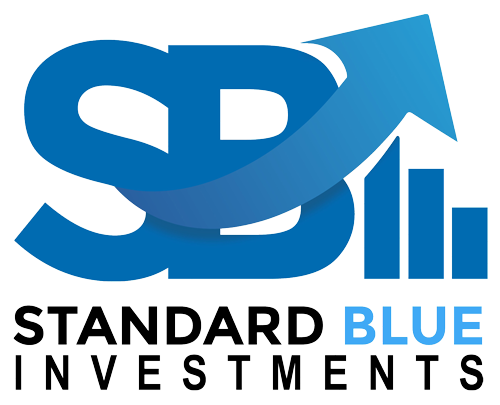The Village Cooperative Project
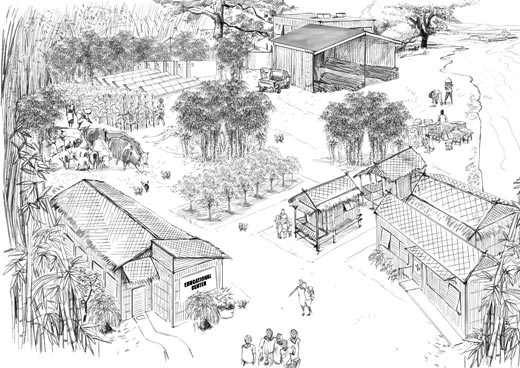
The Village Cooperative Project
Standard Blue Investments is proud to support the development of The Village Cooperative Project (VCP). As part of SBI’s “people positive” and “climate positive” approach, that places a high value on the indigenous community members’ impact on sustainable and positive outcomes for ecosystems and biodiversity, VCP has partnered with the traditional leaders and landowners of over 5,000 hectares within three distinct sites that are home to approximately 500 people.
This cooperative project includes the strategic design of three villages to include sustainable energy, water, and transportation infrastructures along with food and waste management systems. Using best practices for agricultural systems, these villages incorporate the five principles of regenerative agriculture.
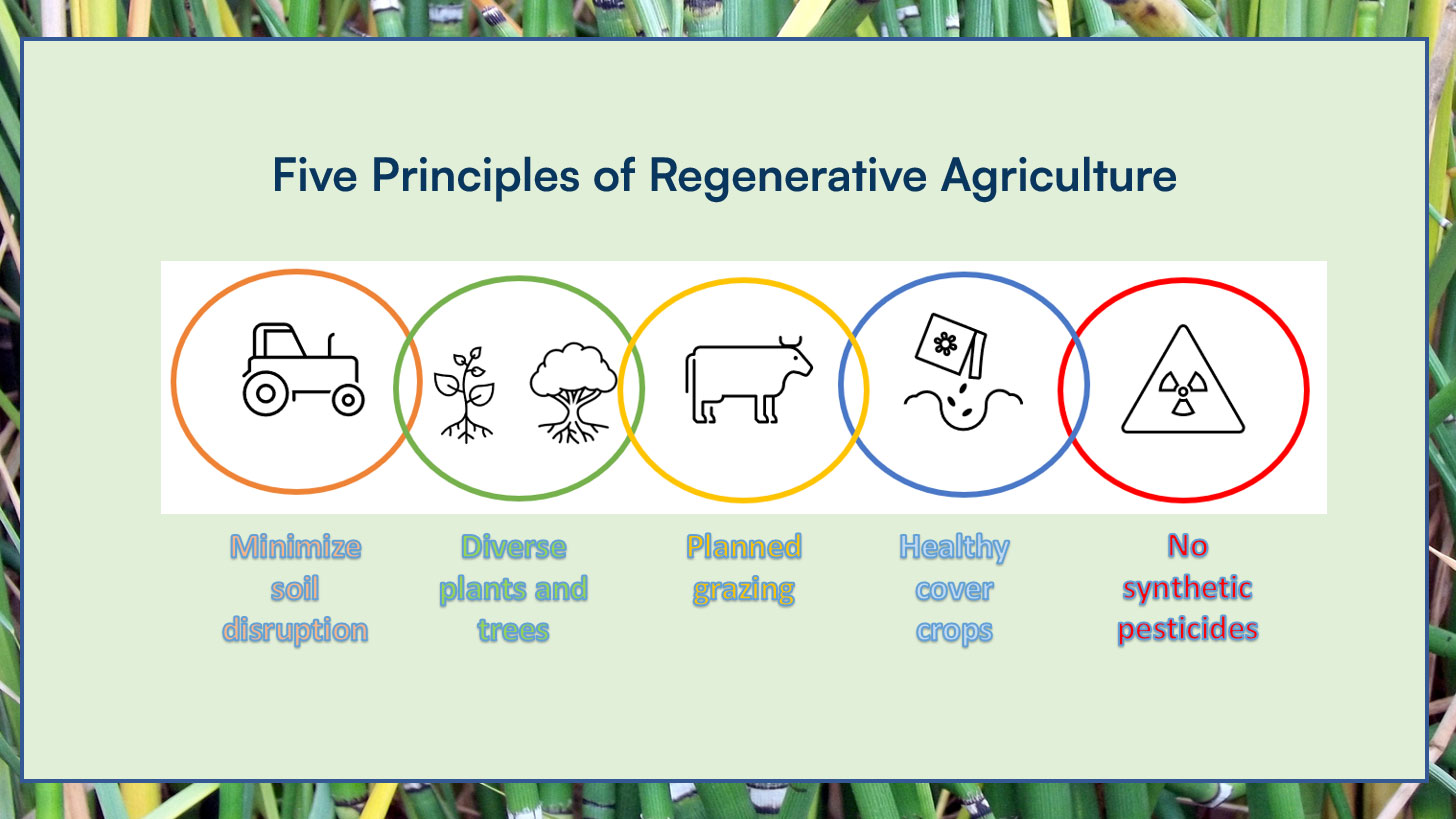
Designed and developed with the future in mind. They offer opportunities for growing economic livelihoods, food security, healthy circular and sustainable infrastructures as well as designated residential areas with healthcare and education access.
The primary objective of the cooperative model is to allow traditional leaders and landowners to share the costs of major capital equipment expenses as well as consolidate efforts for marketing, sales and purchasing. All management responsibilities of the coop will remain with SBI until investor interests are covered.
Lubunya
“Lubunya”, the original member of The Village Coop Project (VCP), is a small village within the town of Osudoku, located in the Tema Municipal District of the Greater Accra Region of Ghana. This is a village of nearly 900 hectares with 400+ residents.
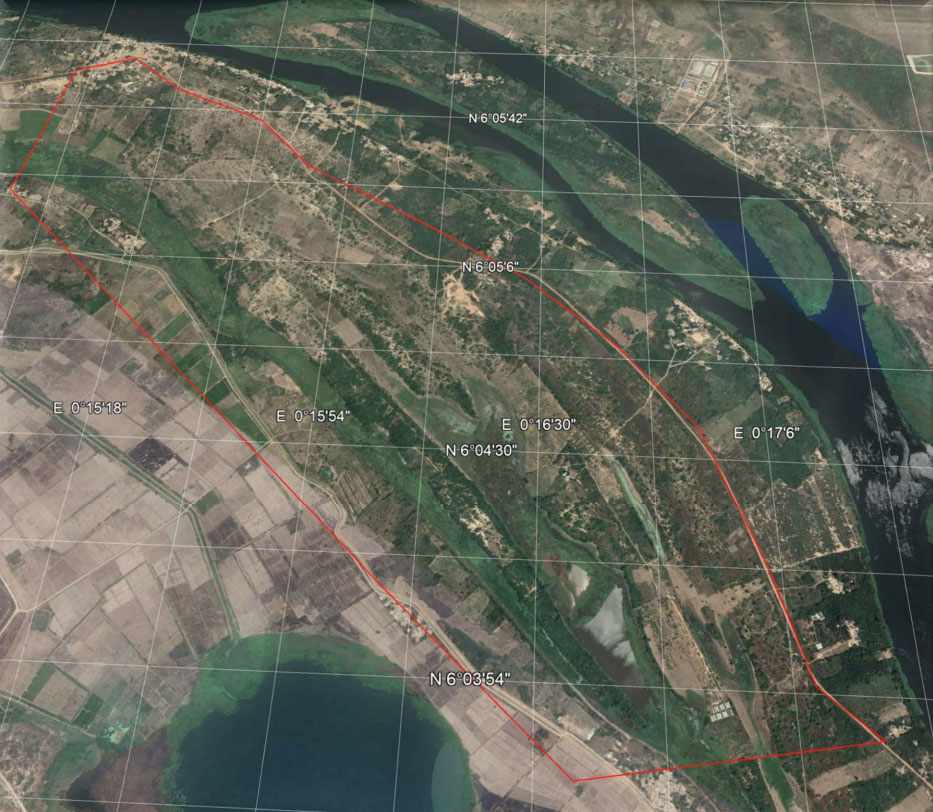
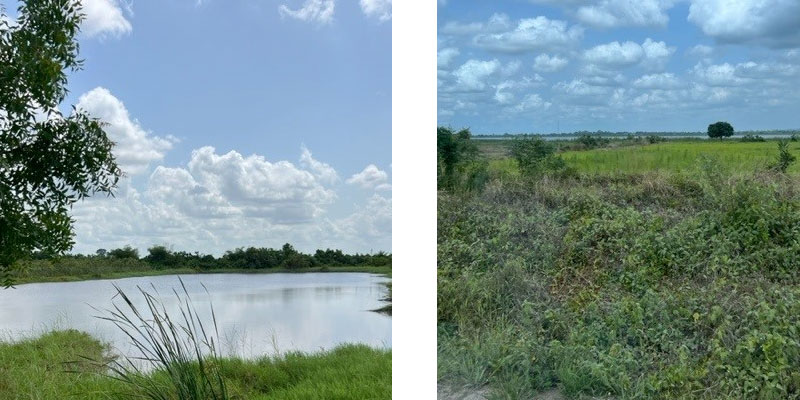
Asofoatse’s Place
“Asofoatse’s Place”, the second member of the Village Coop Project (VCP) is located in the village of Kpong, in the Eastern Region of Ghana. It is beautifully situated on land that gently rises from the banks of the Volta River to the tops of one of the highest hills in the community. This is family-owned land with deeded tenure of over 1,000 hectares. This area is mostly uninhabited with both degraded and pasture lands.
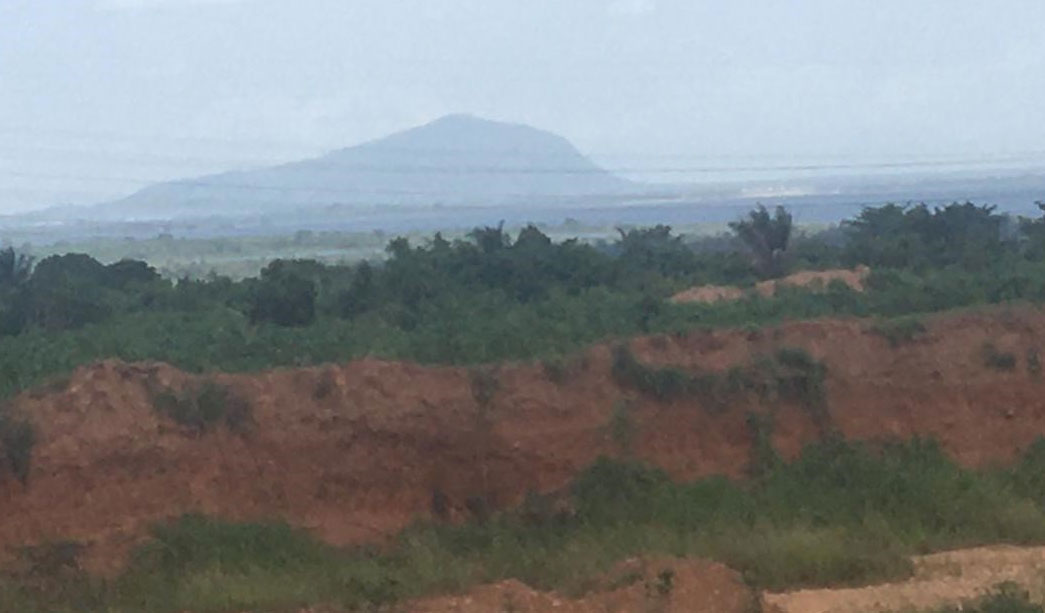
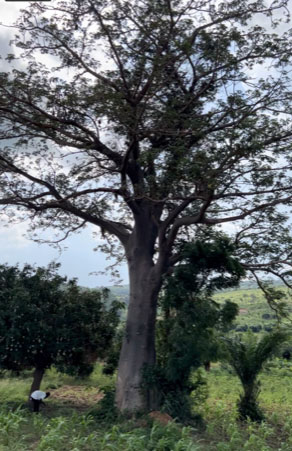
Osuwem
“Osuwem”, the third member to join The Village Coop Project (VCP,) is the largest of the current areas with over 2,000 hectares. Largely degraded land it also has some forest cover with the balance spotted with small residences, subsistence agriculture and grazing lands. Osuwem is also located within the Tema Municipal District of the Greater Accra Region, in close proximity to Lubunya.
